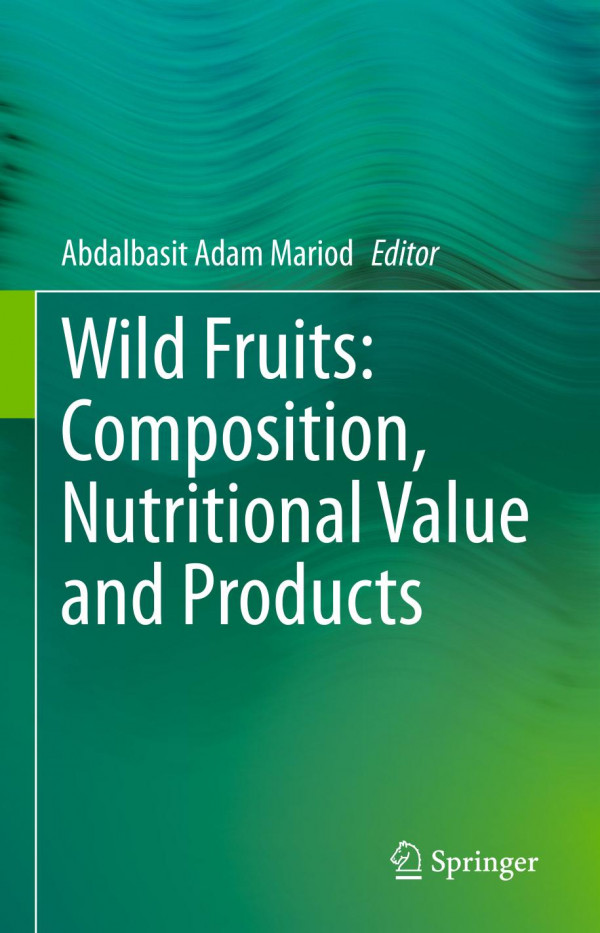

Most ebook files are in PDF format, so you can easily read them using various software such as Foxit Reader or directly on the Google Chrome browser.
Some ebook files are released by publishers in other formats such as .awz, .mobi, .epub, .fb2, etc. You may need to install specific software to read these formats on mobile/PC, such as Calibre.
Please read the tutorial at this link: https://ebookbell.com/faq
We offer FREE conversion to the popular formats you request; however, this may take some time. Therefore, right after payment, please email us, and we will try to provide the service as quickly as possible.
For some exceptional file formats or broken links (if any), please refrain from opening any disputes. Instead, email us first, and we will try to assist within a maximum of 6 hours.
EbookBell Team

4.3
78 reviewsWild fruits play an important role in mitigating hunger in the developing world. As a sustainable and natural food source in rural areas, these fruits have a strong effect on regional food security and poverty alleviation. This makes the utilization of wild foods incredibly important for native populations both in terms of food security and economics. There are many traditional methods for wild fruit harvesting, indigenous tree and plant domestication and cultivation passed down through generations that are sustainable and economically viable, ultimately contributing to a better quality of life for large sections of the developing world.
To date there has not been a reference work focusing on the full scope of wild fruits from their growth and chemical makeup to their harvest, distribution, health effects and beyond. Wild Fruits: Composition, Nutritional Value and Products adequately fills this gap, expansively covering the utilization of multi-purpose wild fruits in regions worldwide. Effects on quality of life, food security, economics and health are extensively covered. Over 31 wild fruit species are examined, with individual chapters focusing on each species' phytochemical constituents, bioactive compounds, traditional and medicinal uses and chemical composition. Harvest, post-harvest and consumption methods are covered for each, as are their overall effect on the food security and economics of their native regions.
This book is essential for researchers in search of a comprehensive singular source for the chemical makeups and cultivation of indigenous wild fruits and their many benefits to their native regions.